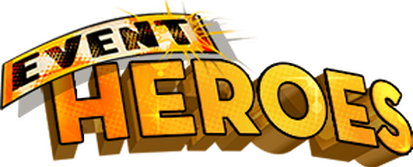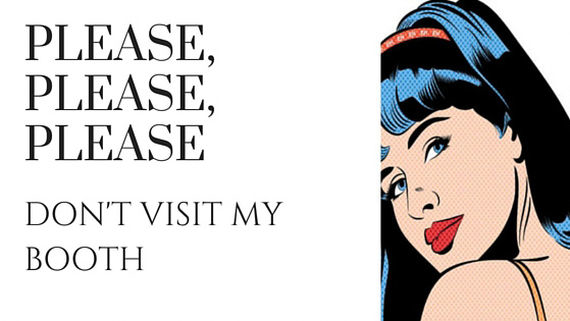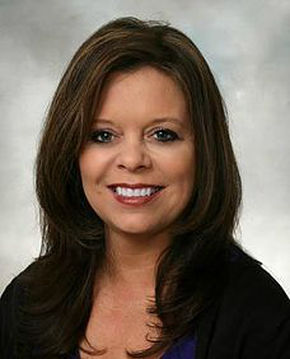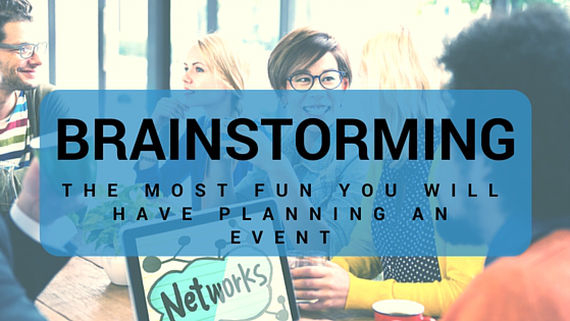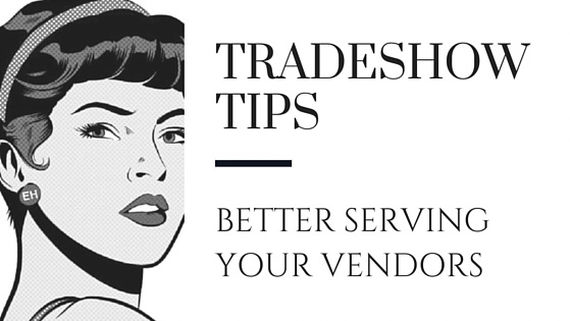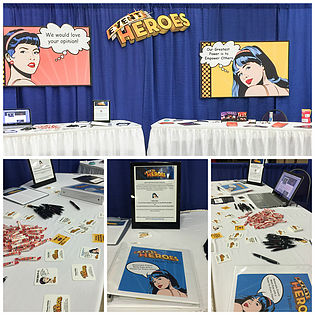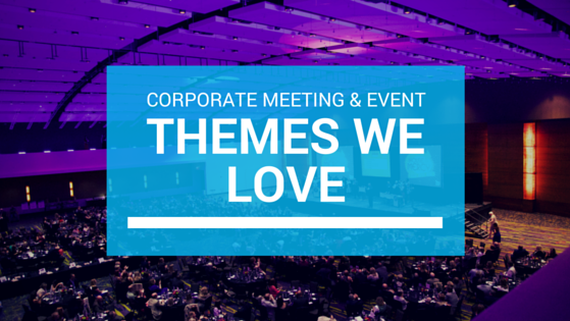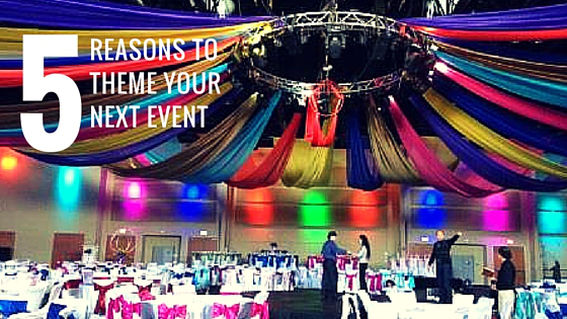Have you been to a trade show where the people in the booths act as if they are bored and really don’t want to talk to anyone? They only put the effort in to bring business cards and you get the feeling it was too much work to even do just that?
Or maybe there was a booth you were afraid to walk up to because they were already engaged with another attendee. You may have also hesitated because you didn’t want to interrupt their conversation with their booth mate or their social media on their phone.
Don’t be these trade show vendors! Use these negative trade show attendee experiences as a precautionary lesson on what not to do and practice the following event hero tips to be an inviting trade show booth host:
1) Location, location, location: you know this!
There is always the decision and race to get the right location for your booth. There are many opinions on where the best location is, but I like center of the room at the end of an aisle. This way I can stretch out a bit and I usually buy two booths to be one of the bigger players in the room.I also like to set up an activity in my booth that will attract visitors.
2) Get the LOOK!
Make sure your booth is attractive so you can attention from attendees. Use bright colors as well as some fun or attractive graphics. Be bold in your booth design!
3) Make your message easy to read and understand.
Create some intrigue, make the signage POP with cutouts or big bold letters. AVOID small type or hard to read graphics. Keep the typeface for signage clean and easy to read from a distance.
4) Make your booth approachable.
Have you seen the booths where the vendor stands behind the table like they are afraid you will approach them? Don’t be that guy!
Stand in front of the tables. Move the tables back into the booth and encourage people to come talk to you. Remove the chairs, you don’t need them. If you want chairs, bring in high bar stools, these are much more sociable.
5) Who’s hosting your booth?
Make sure your booth host is warm and friendly and will be able to engage the people that stop by. Not all of the hosts in the booth need to be well versed in your product, but they need to be able to attract those passing by. Having one or two people who know the product inside and out and a few that are outgoing and can bring in the people will work just fine.
Consider using costumed characters, models, or host and hostess dressed to convey your brand. For example, at a dog food booth for a pet expo, we had a guy dressed in a dog costume handing out free samples. Make sure the character is in alignment with your brand.
6) Offer show specials.
You’ve put in the time and money to have a booth, consider what you want to accomplish with your booth. Do you want immediate sales? Offer a killer price for your product if they buy on the spot or a coupon at a lesser discount if they buy in the next 10 days.
7) Have a contest or promotions.
Everyone loves to win something, and that includes trade show attendees. If you want them to stop by and put their name in (for your later use), make sure what you are giving away is something worthwhile.
8) Treats and alcohol can help—but know the rules!
Read the fine print in your vendor contract. Make sure the facility allows outside food and drinks to be offered and that the show allows it as well. You don’t want to bring all the goodies only to be shut down on show day. The show promoter or the facility may have rules you need to abide by so really, read the fine print.
9) Offer your giveaway but make sure it is of value.
Most trade show attendees have done this before and have seen all the items that are available. Yes, you should have a giveaway, but make it something they will use that won’t just end up in the trash!
10) Put your social media to use.
Work your social media connections to share where you’re going to be located and what your booth number is. Connect with as many of the show attendees you can find to introduce yourself and start communicating before the show. It’s always fun to meet someone in person after interacting with them over social media.
11) Print promotional items.
Keeping with the traditional items we get at the trade show can be a bit mundane but they are still a giveaway. Get creative for the show and produce something that won’t get tossed on the way to the car.
I love the cute stress balls that I get at trade shows. Especially if they are in the shape of something that relates to the company. They actually are a great massage for your hands.
Pens with your logo on them work well because people are always in need of a writing utensil and it keeps you top of mind. Other options include bags to hold all the other stuff they will get, thumb and USB drives (with this you could add a small advertisement that would play when they plugged in and opened the thumb drive), cups and mugs, badge holders, notebooks, folders, and binders.
Think outside the box on your giveaways.
12) Follow up with booth visitors.
The attendees who stopped by your booth and took their time to visit with you are hot leads—make sure you take the time to follow up with them. There are many ways to complete follow-up that can be set up in advance for larger shows.
Choose to do personalized emails to the attendees at the show if there weren’t too many to follow up with. Don’t let those business cards fall to the wayside. They stopped for a reason to visit with you, now go make the sale.
The cost of time and money spent on a trade show are all part of your marketing budget. It should be well thought out and well delivered. It’s all a waste of time if you don’t follow up or follow through. If you find yourself in way over your head, enlist the help of an intern, a part time employee, or someone else on your staff to handle the follow up.
In conclusion, make sure your time and money are well spent at the trade show where you’ve chosen to be an exhibitor. Check it out in advance, find out who they are inviting, how they are publicizing the event, and how many attendees they expect to show up based on past experiences.
Connect with past vendors to get their opinion of the show, and discover the pros and cons for yourself before signing the contract.
One final note: Read the fine print on the contract to make sure what you are being told you will receive in exchange for your time and money lines up with what the contract outlines.
Happy exhibiting!
